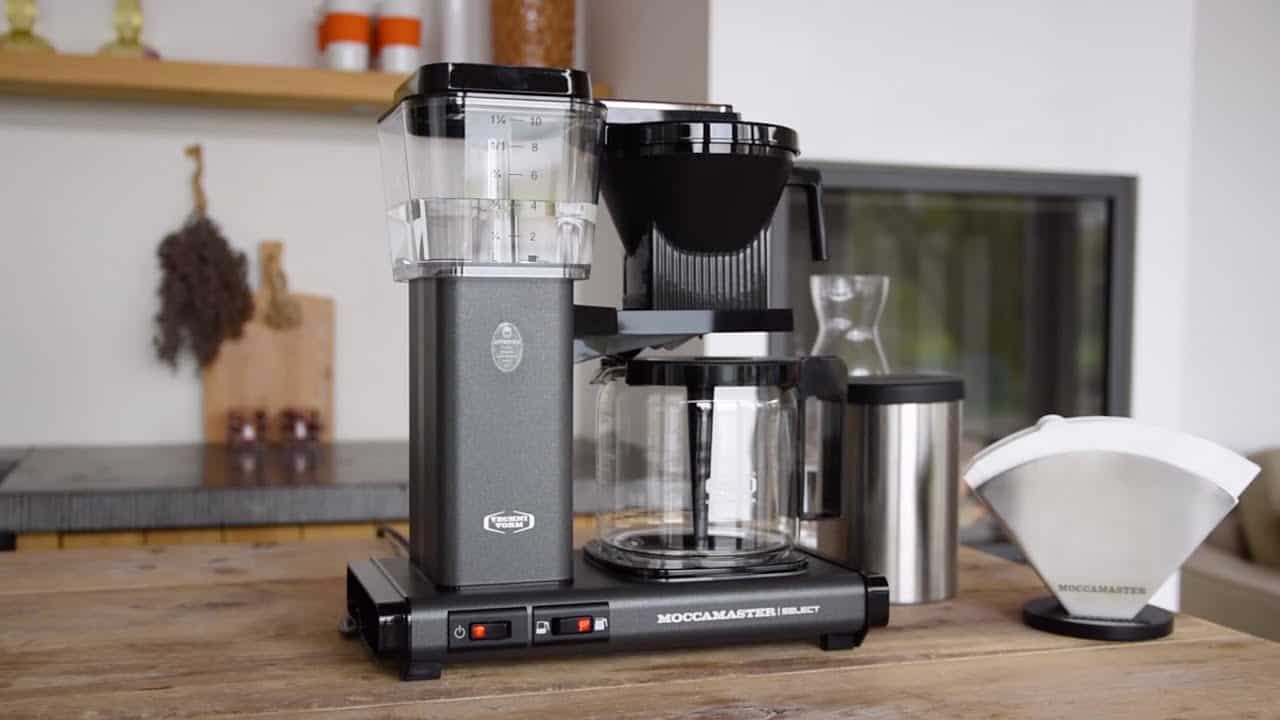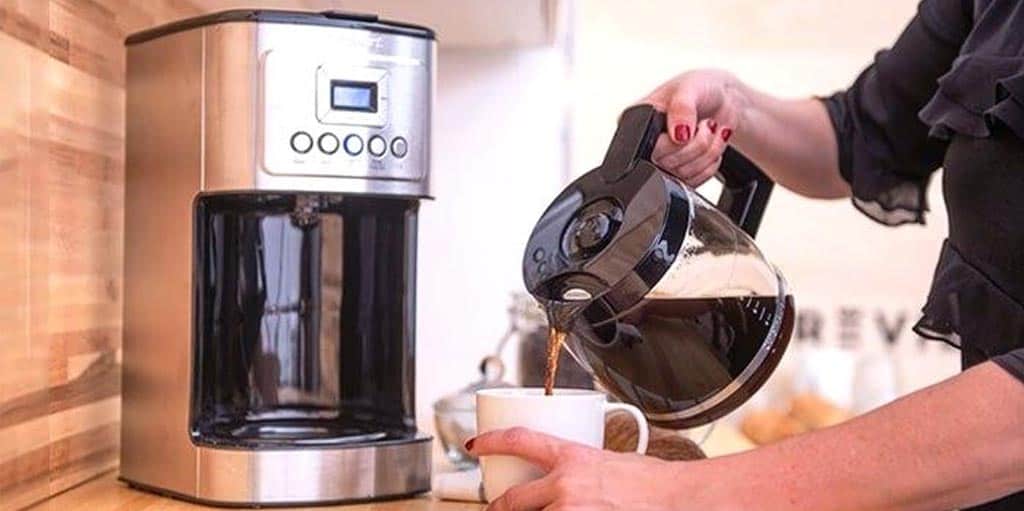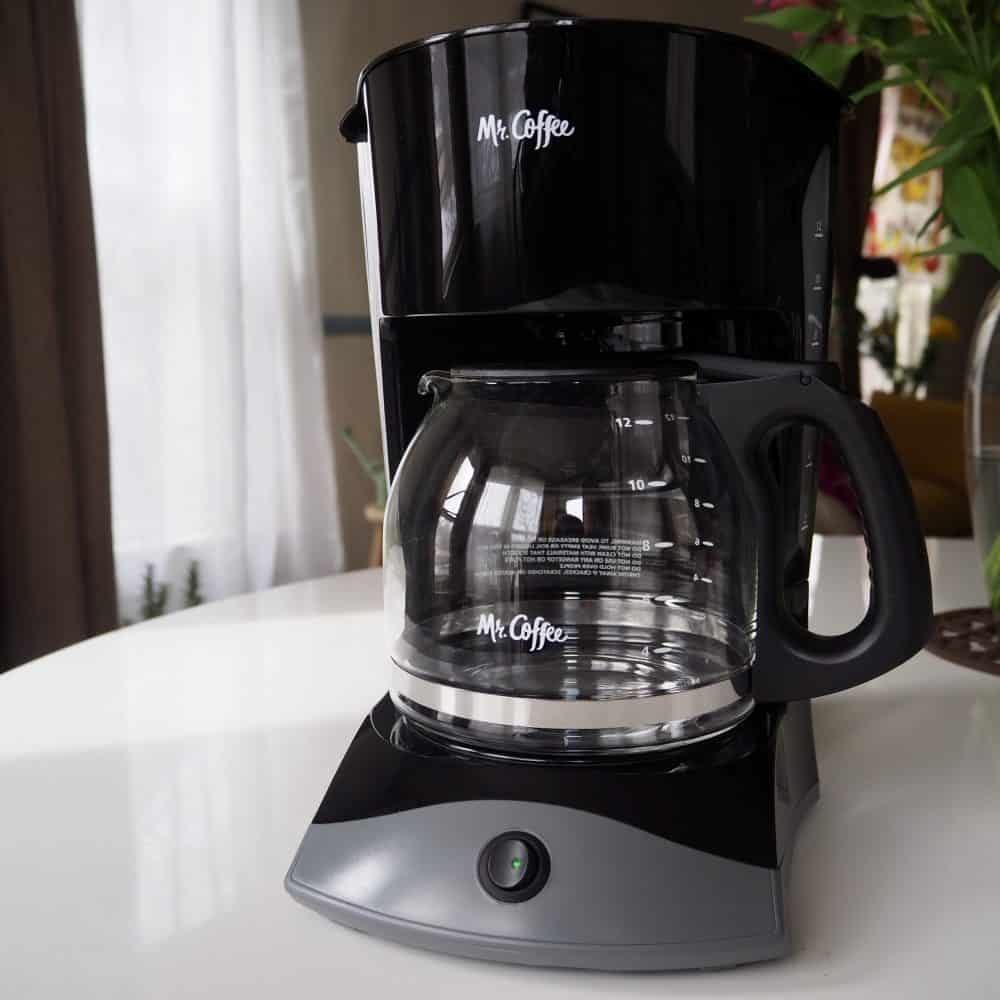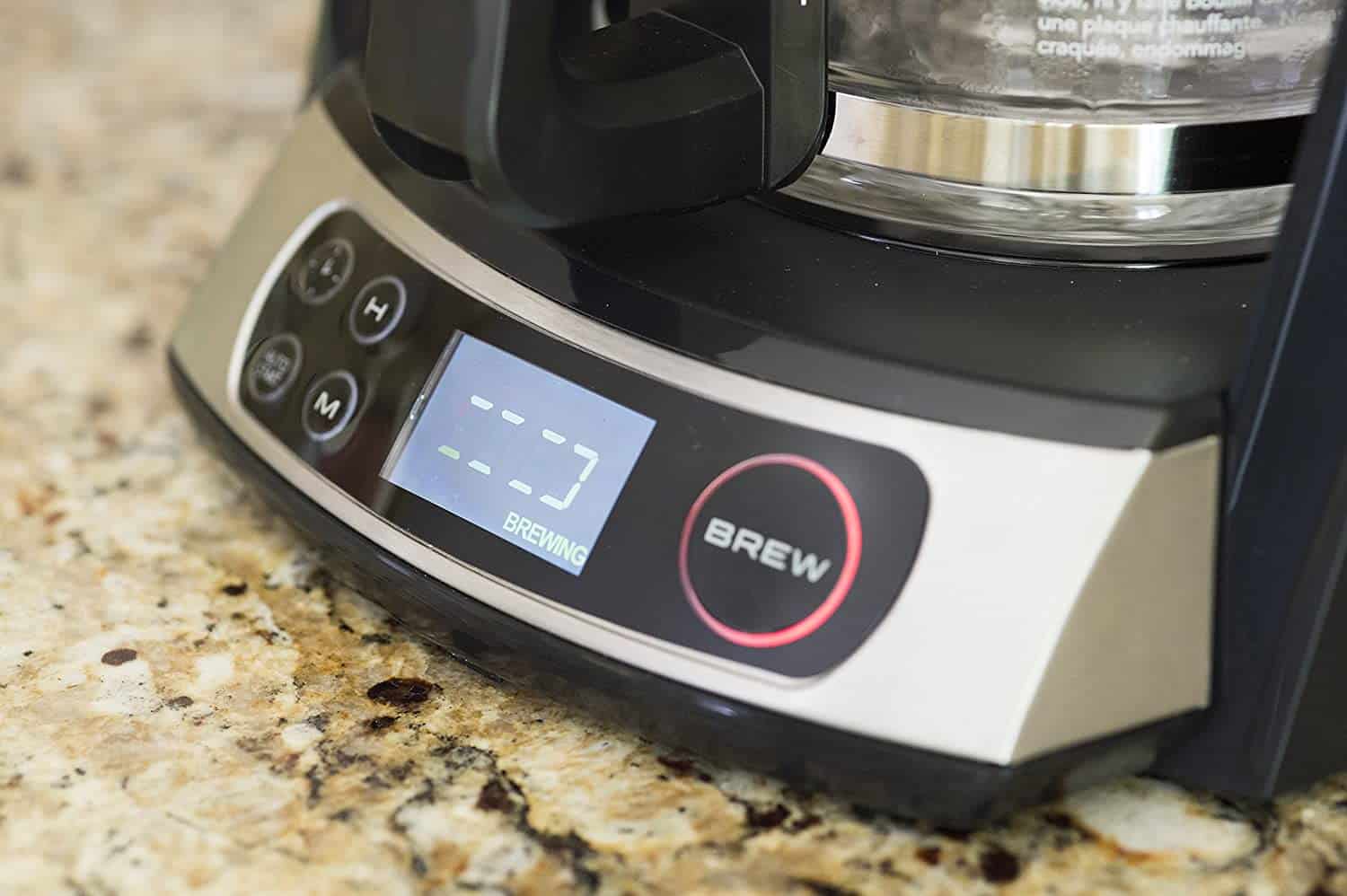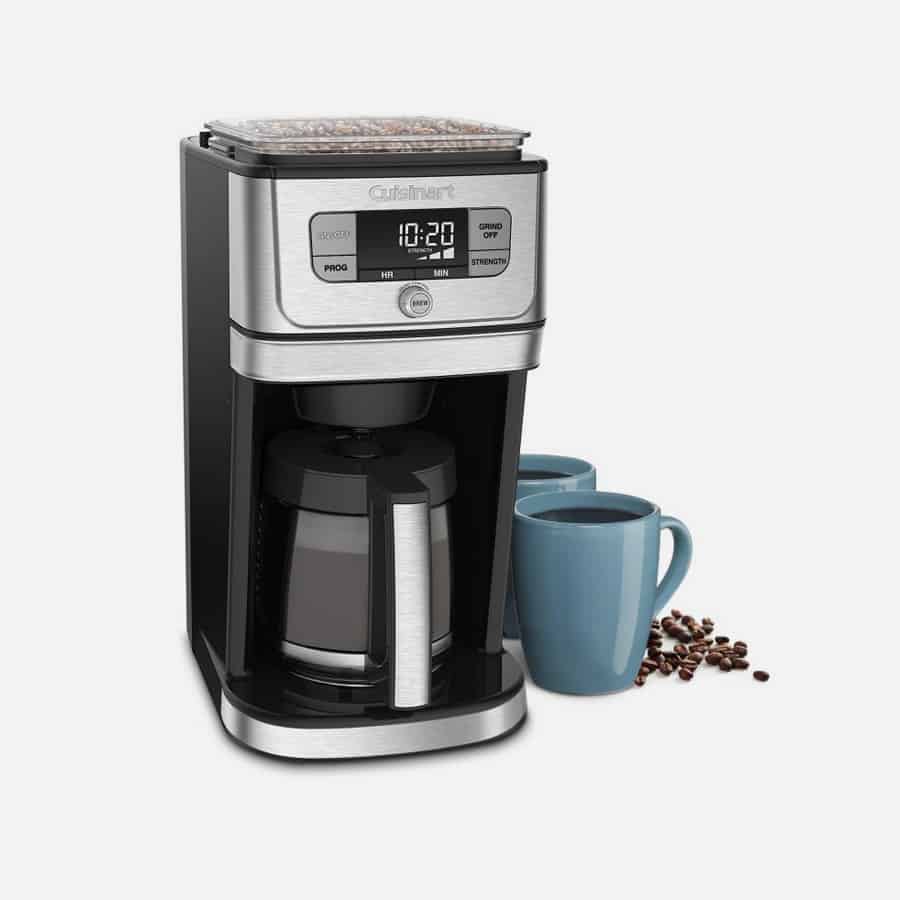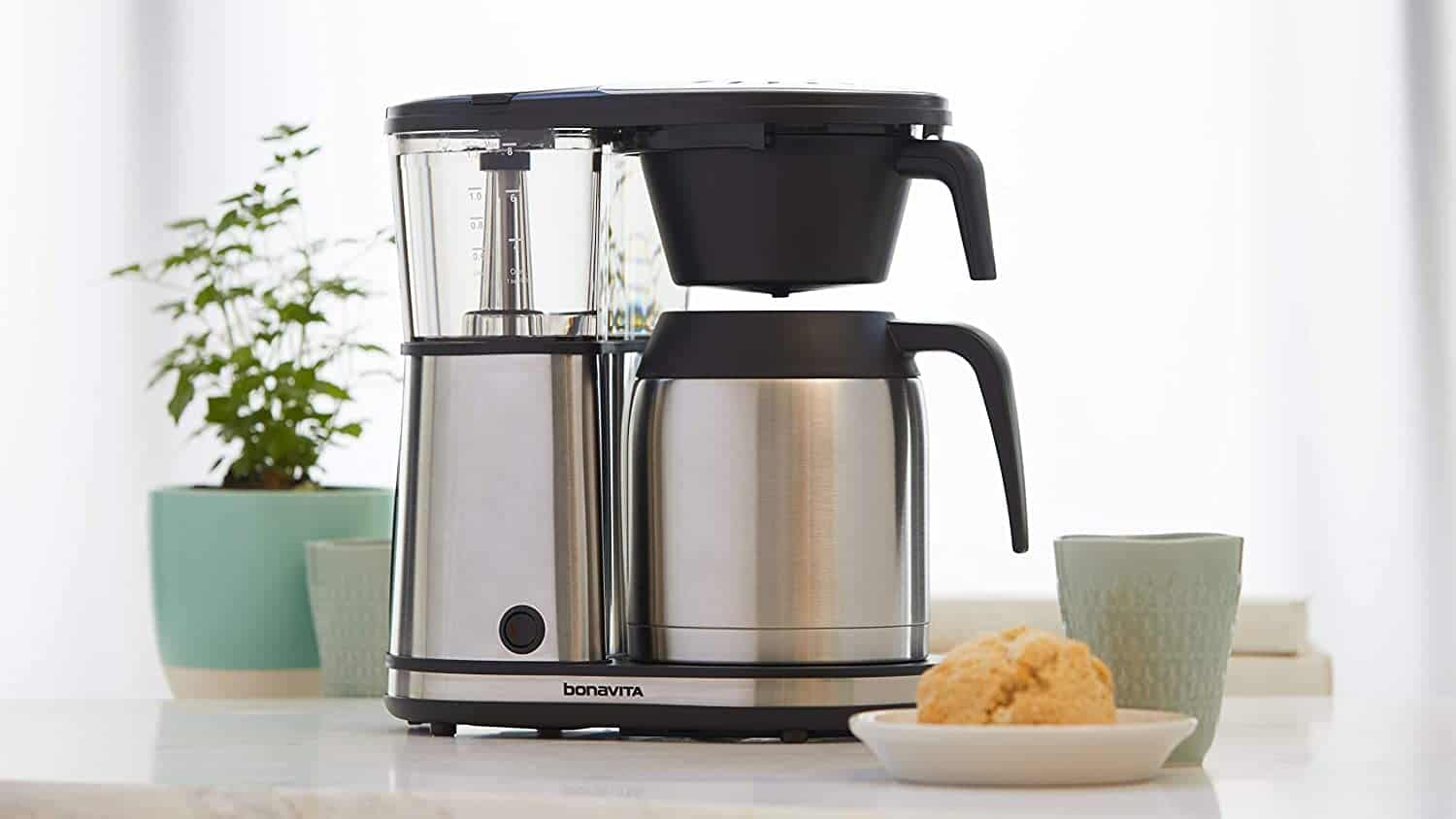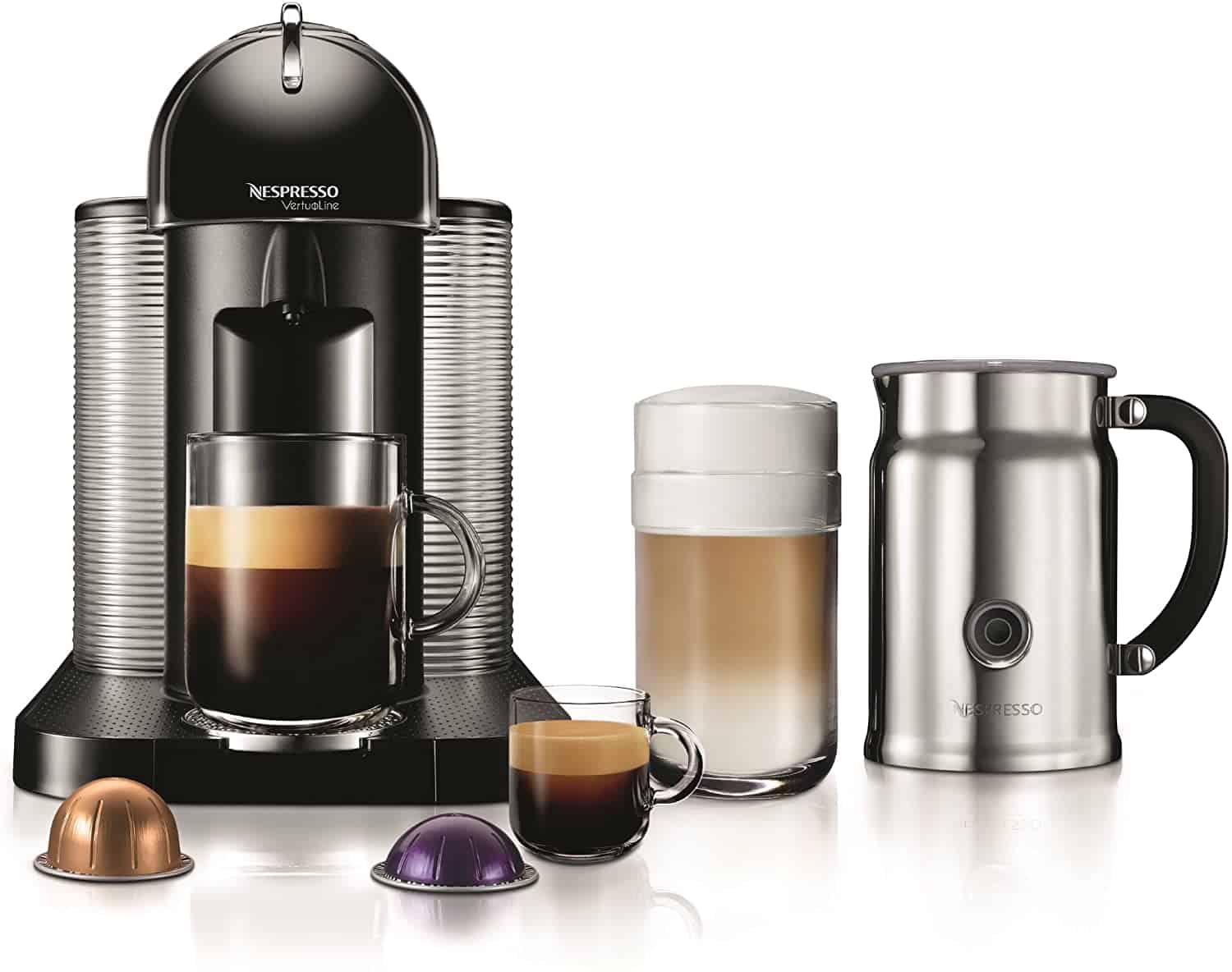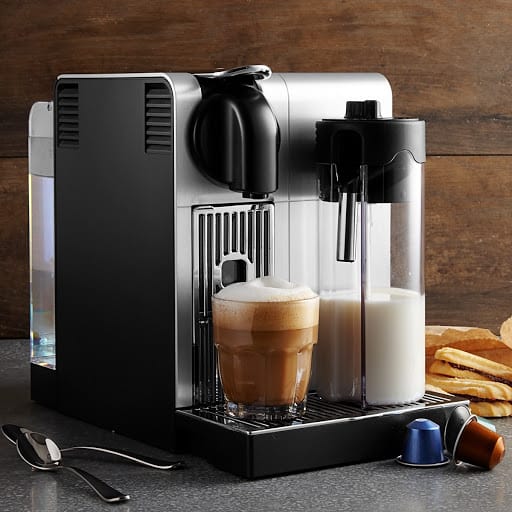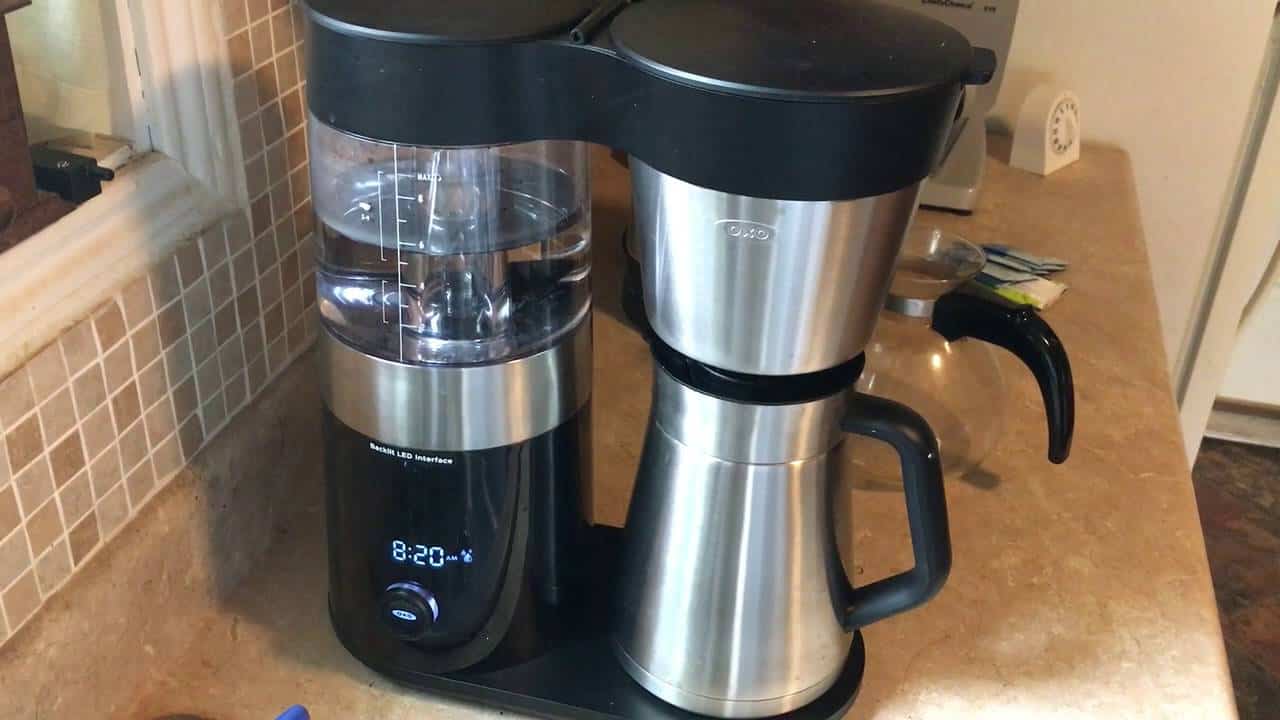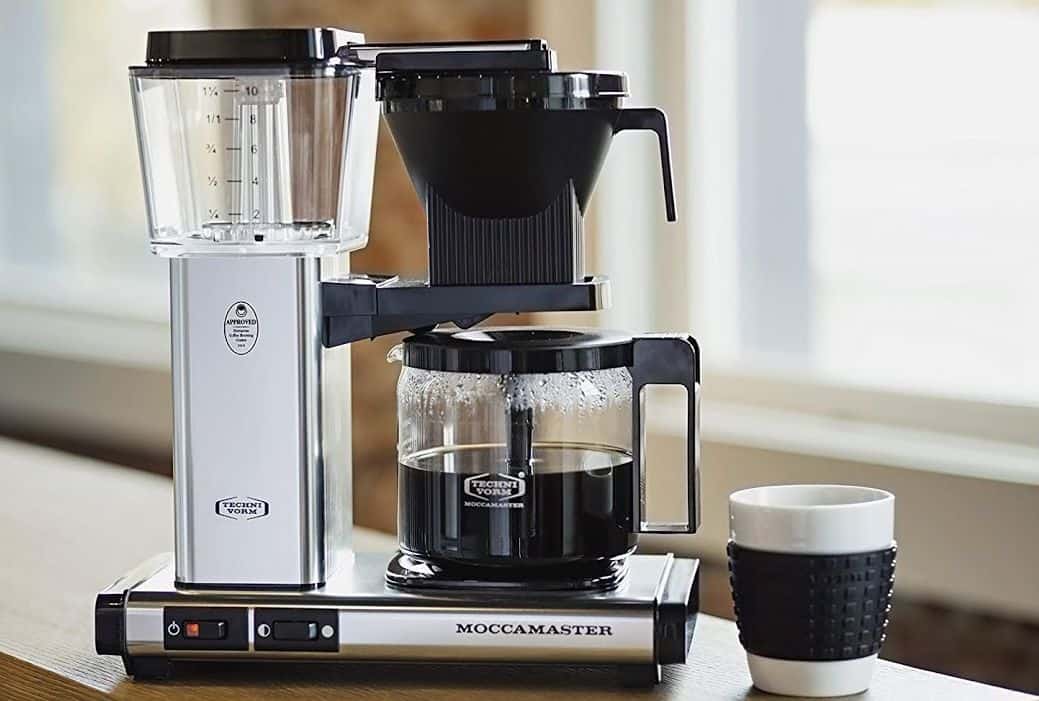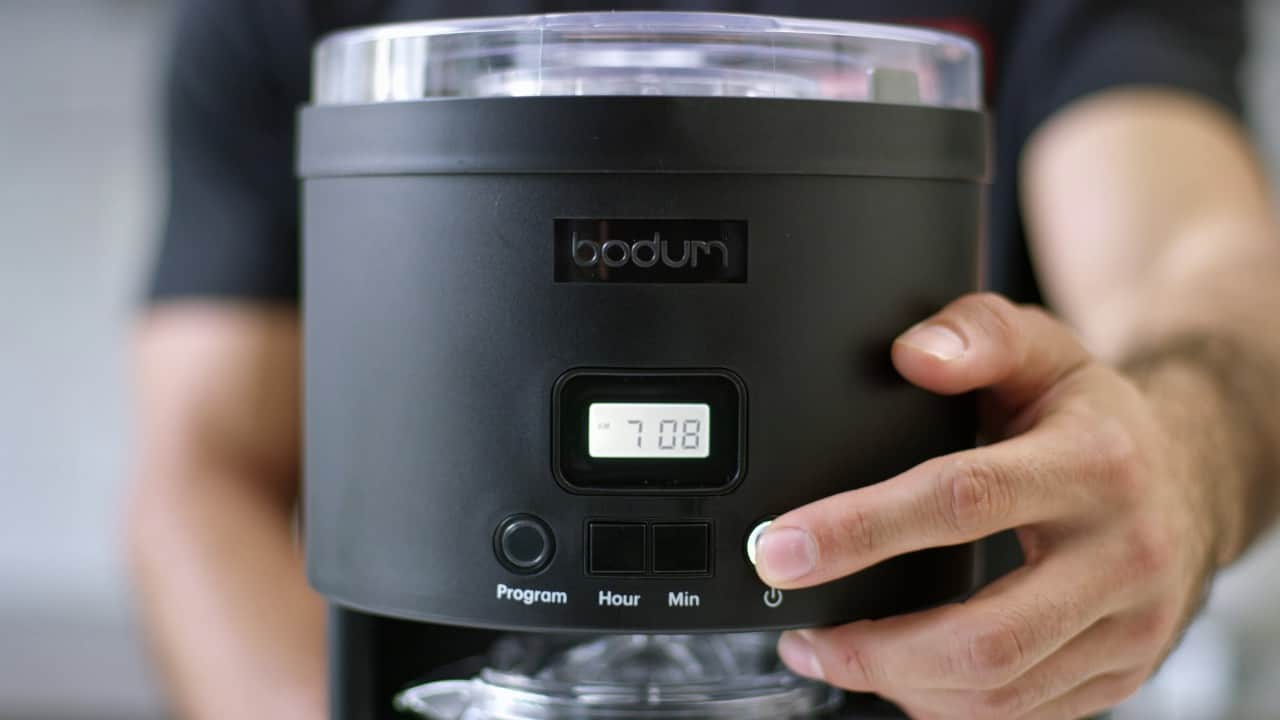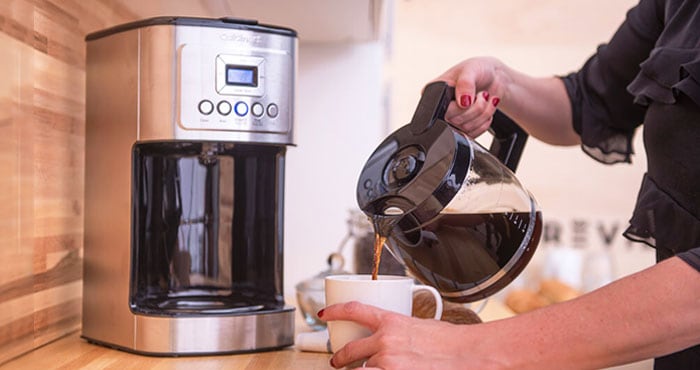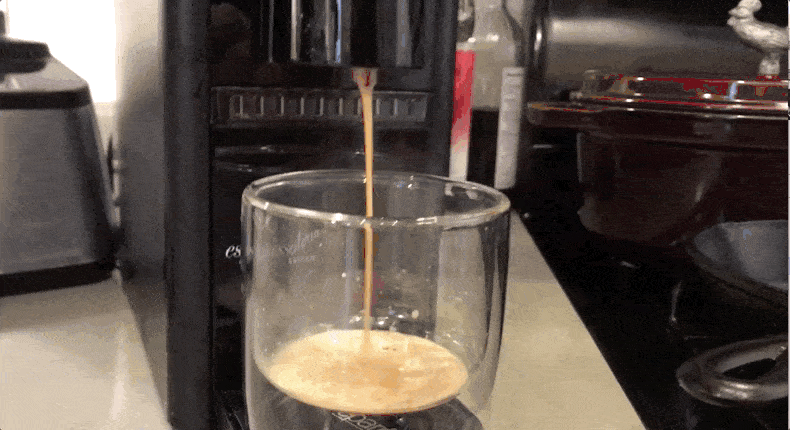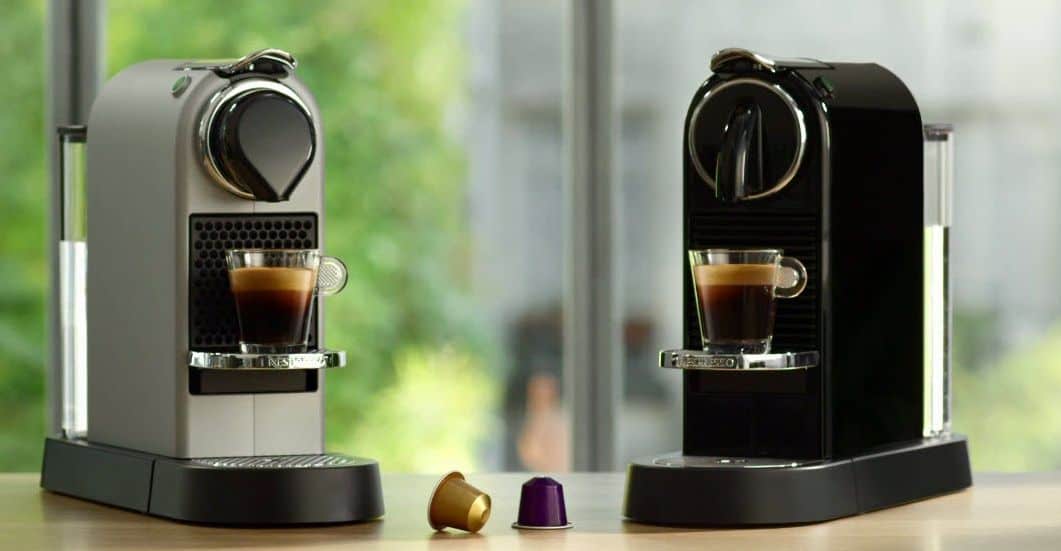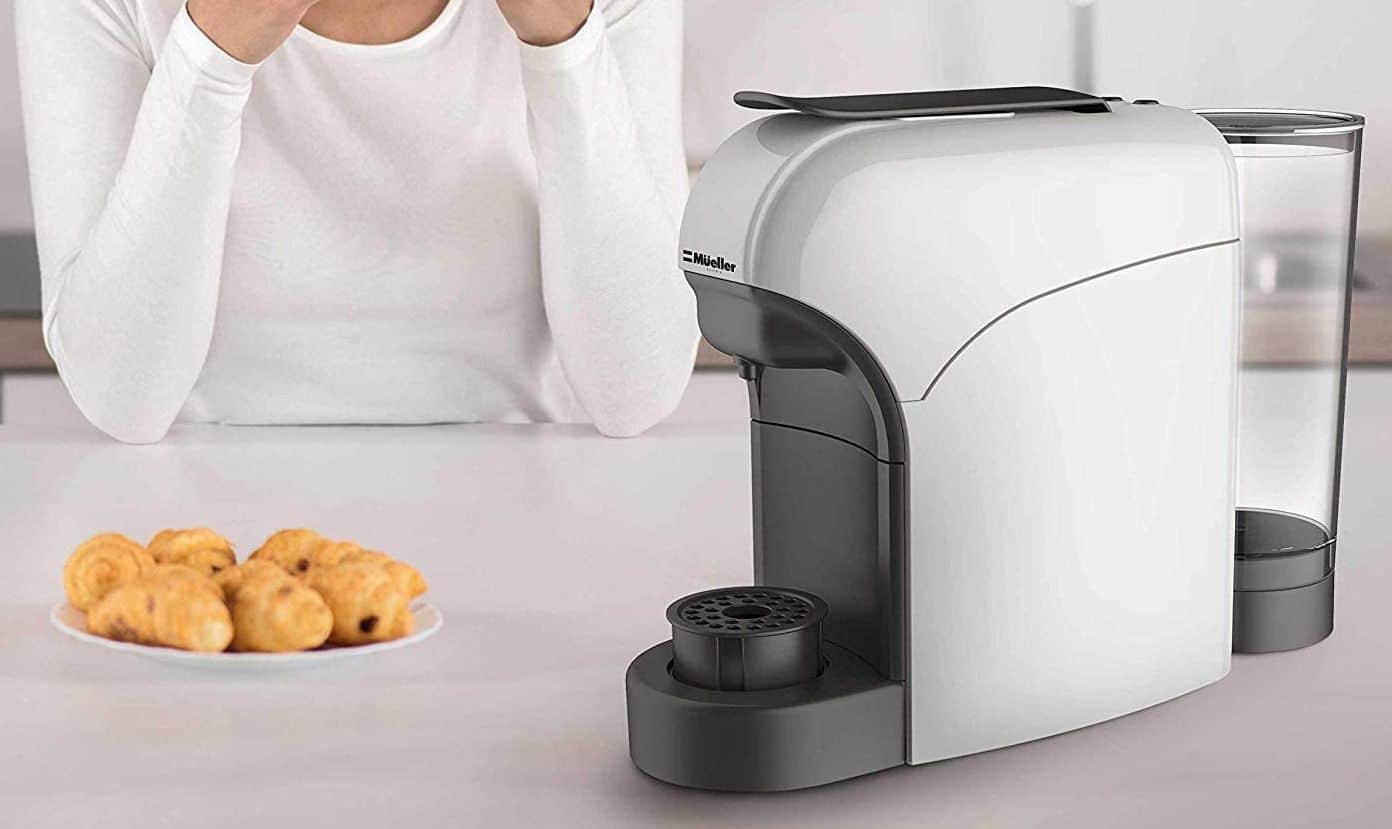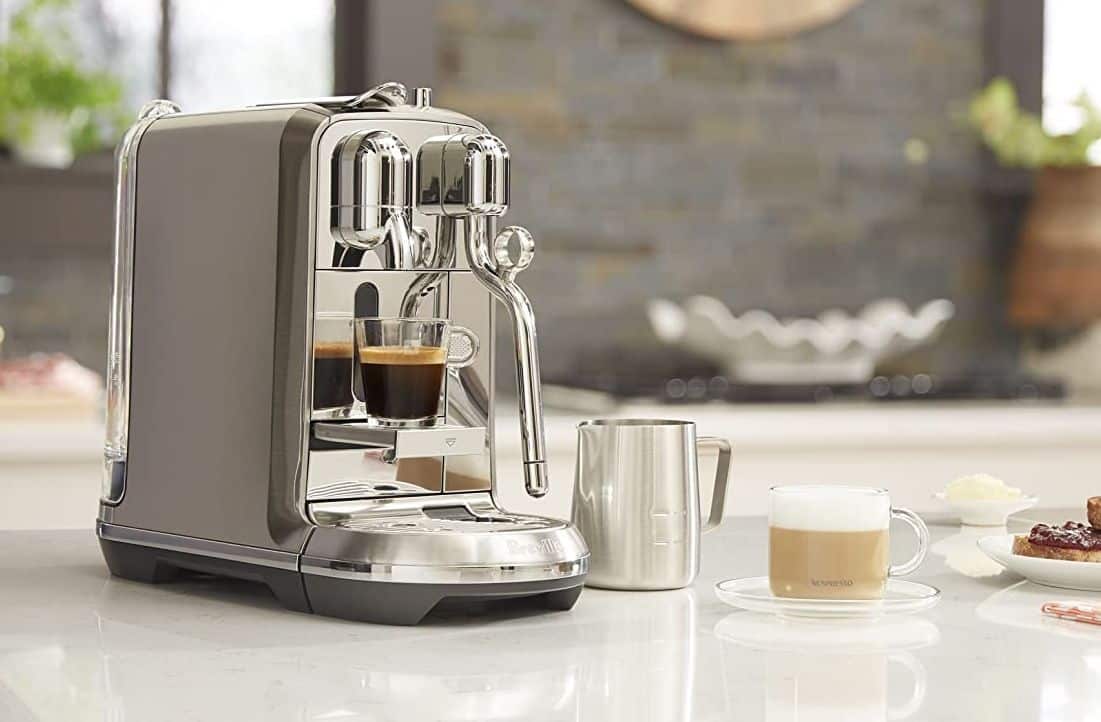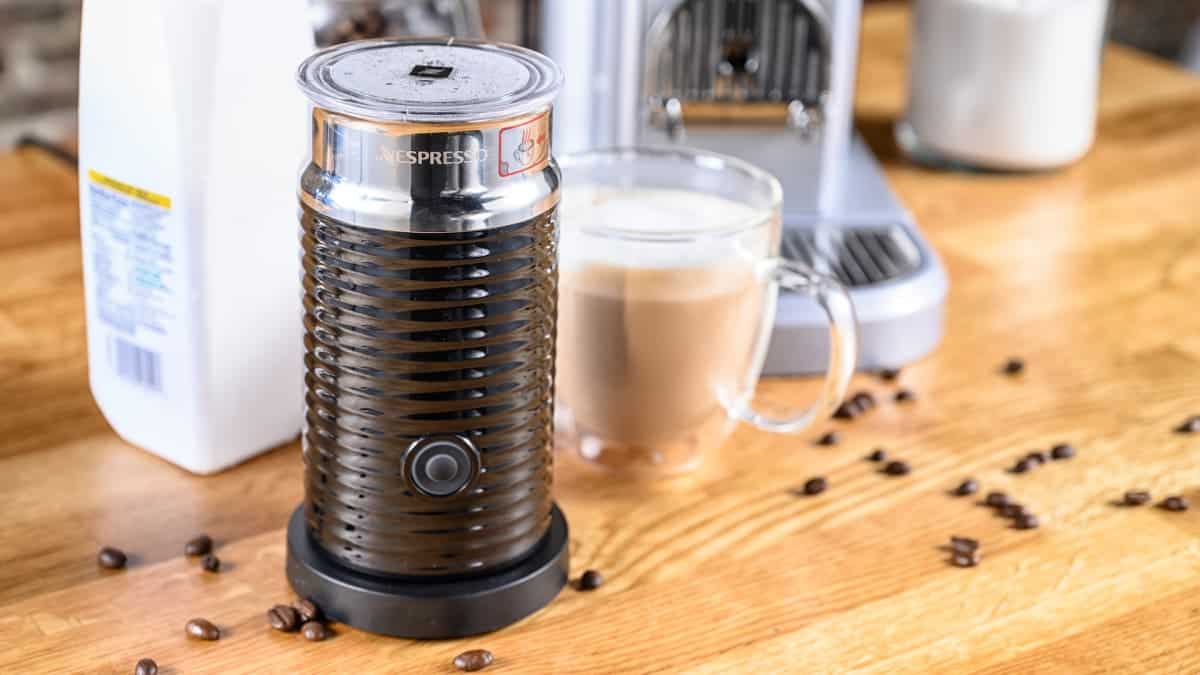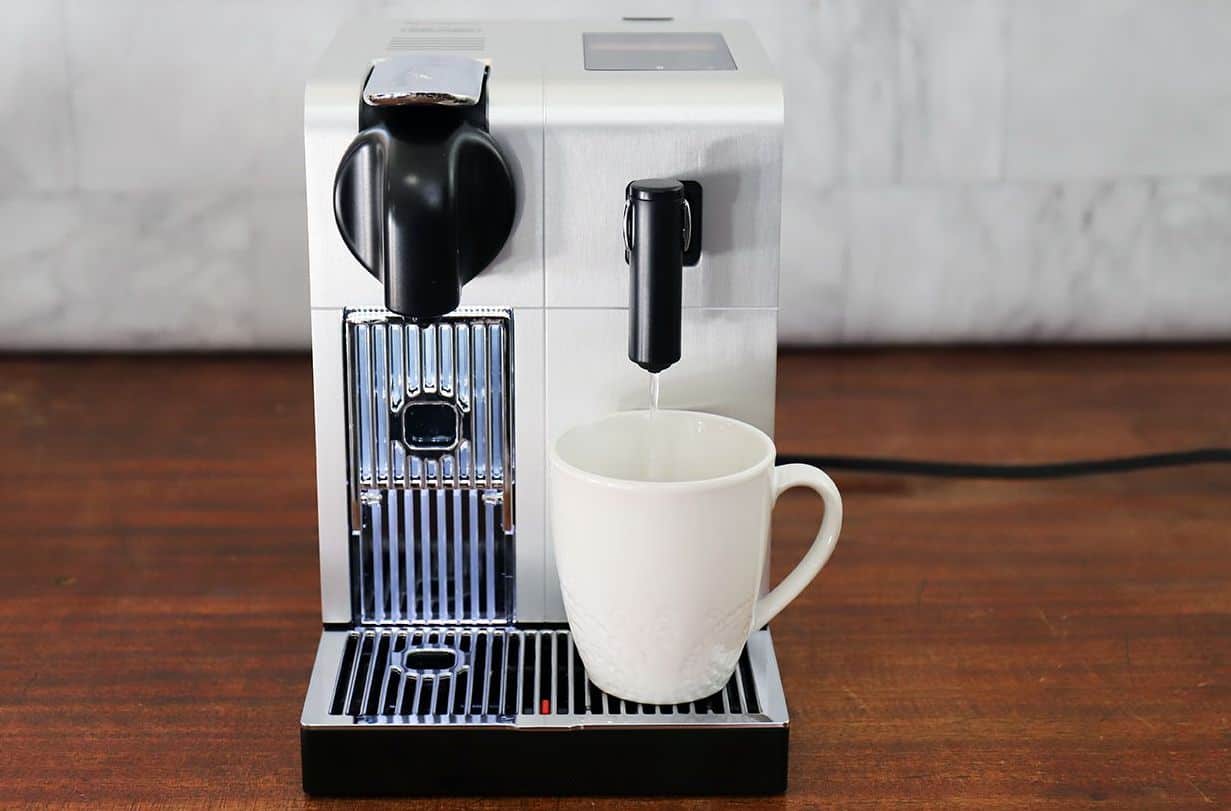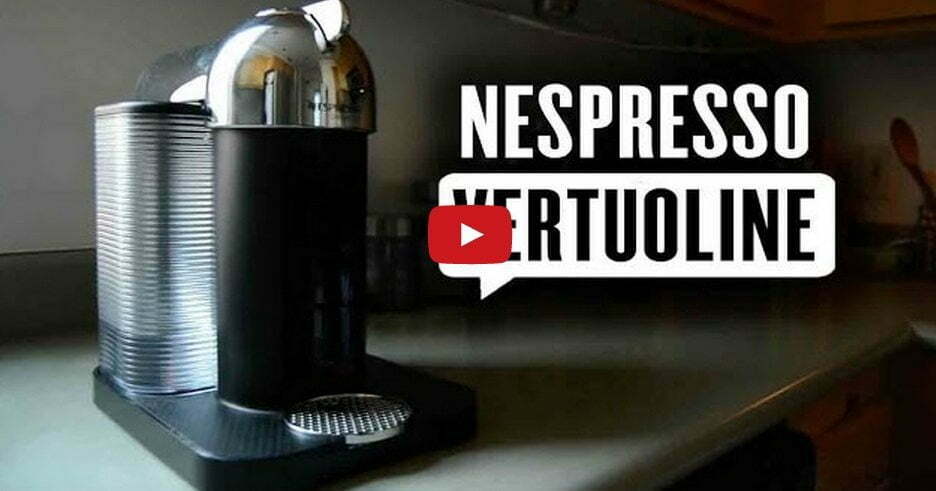Understanding how to clean a stovetop coffee maker is crucial for making delicious coffee. A buildup of coffee oil can ruin your morning brew, especially if bits of coffee grind are getting into your cup.
KEY TAKEAWAYS:
- First, take your Moka pot apart and soak the detachable components of your stovetop espresso maker in a natural acid solution.
- Use this same vinegar and acidic water solution to clean your Moka pot by filling the lower chamber and going through the brewing process.
- The safety valve can fail if you don’t keep your Moka pot brewing equipment clear of residual coffee oils. This can pose a serious safety risk.
While a Moka pot isn’t the same as an espresso machine, their brewing cycle will produce espresso-style coffee. We’ll get more into the brew cycle of this stovetop espresso maker later on.
Whether using aluminum coffee pots or making Cuban coffee, the best coffee maker requires regular maintenance to stay in good condition. We’ll teach you how to do exactly that today.
Why is Cleaning a Stove Coffee Maker Crucial?
Also known as a Moka pot, this Italian coffee maker is a great way to get espresso-style coffee in the comfort of your own home. You should clean a Moka pot every time you use it for the best results. Failing to do so can pose a safety risk.
Insider Tip
A stovetop espresso maker is just another name for a Moka pot. There are both aluminum espresso pots and stainless steel espresso pots.
A Moka pot uses vapor pressure. Out of all brewing methods, this one can pose the most risk if incorrectly done.
Luckily, the method we’ll show you today takes only a few minutes. However, it is a little more complex than other methods, like learning how to clean a pour-over coffee maker.
How to Clean a Moka Pot
STEP 1
First, wait for your Moka pot to cool off. Pour yourself a cup of expresso-style coffee, and allow your stovetop espresso maker to rest.
STEP 2
Once cool, disassemble your Moka pot. First, remove the filter basket and the filter plate from the upper chamber. Toss the wet coffee grounds into the garbage. Although a few loose grounds won’t hurt, never put a large amount of ground coffee down the sink drain, or you can clog your pipes.
STEP 3
Rinse the filter basket under hot water to get rid of coffee residue. If it’s especially stuck on, you can soak it in a small bowl with hot water and a little bit of dish soap. Put the rubber gasket in this water solution, as well.
STEP 4
Those with soft water can skip this step except during deep cleaning. Otherwise, create a descaling solution using lemon juice and vinegar. Moka pot descaling should happen at least once every few months.
STEP 5
Fill the lower chamber with your natural acid solution. Allow the vinegar solution to sit for a couple of hours so that it has time to break down the built-up calcium. After this, perform a regular brewing cycle as you would when brewing your espresso-like coffee.
STEP 6
Rinse the Moka pot thoroughly in warm water. You can use cold water, but rinsing the Moka pot with water that’s hotter will help it dry more quickly.
STEP 7
Now, rinse the coffee filter basket and other detachable components thoroughly that have been soaking. Dry these thoroughly with a soft cloth. Use the same soft cloth to dry the Moka pot, as well. This part is crucial for aluminum models; otherwise, rust can form.
STEP 8
Reassemble your Moka pot. Now that your Moka pot is thoroughly clean, you’ll be able to make more amazing coffee. For more ideas on creating a cleaning water solution, read our article on how to clean your coffee maker naturally.
How to Clean a Coffee Percolator
STEP 1
While the electric percolator is widely popular, many still prefer the old-fashioned method of brewing over a gas stove. You should clean your appliance after each usage, especially for percolators. The first step in doing so is to fill the water chamber.
STEP 2
After you fill the chamber with water, add three tablespoons or so of baking soda. Place it on your heat source, turn it on, and let it go through an entire brew cycle. This process is crucial to remove any metallic tastes present.
STEP 3
Once it’s done brewing, let the percolator sit until it cools off. After this, use a coffee maker brush to scrub the insides of it.
STEP 4
Dump the baking soda solution down the kitchen sink, and check the interior of your stove coffee maker. If it seems clean, you’re all set. If not, repeat the process until it’s spotless. After this simple process, you’re ready to enjoy a delicious coffee taste free of tough stains or metallic flavors.
Warning
Never use steel wool on your Moka pot. This can destroy it. Always choose a non-abrasive cleaning method, preferably by hand-washing.
F.A.Q.S
Can I use apple cider vinegar to clean my coffee maker?
Although more expensive, ACV is an excellent cleaning vinegar. It provides a better scent than its white counterpart and is less likely to contaminate the taste of your clean brewer.
How do I clean burnt stainless steel coffee makers?
A burnt-out coffee machine is never fun to deal with. With stainless steel, stay away from abrasive products that might damage the appliance. You can use most home cleaning products.
How do I clean a drip coffee maker?
These models are among the easiest to take care of. Basic cleaning techniques work wonders to keep your appliance working correctly. Wipe down the exterior with a damp cloth daily, and perform deep cleaning monthly.
Why should I clean my coffee maker?
There are multiple reasons why you should clean your appliance regularly:
- Clean brewing means cleaner coffee flavor
- Calcium deposits build up in your water reservoir
- Built-up coffee oils will ruin your cup of coffee
STAT: Coffee is an intricate mixture of more than a thousand chemicals. (source)
REFERENCES:
- https://fmartinezport.commons.gc.cuny.edu/bialetti-technical-description/
- https://www.health.harvard.edu/blog/pressed-coffee-going-mainstream-drink-201604299530
- https://www.rush.edu/news/health-benefits-coffeer
- https://www.hsph.harvard.edu/nutritionsource/food-features/coffee/
- https://www.concorde.edu/about-us/blog/health-care-insights/health-care-awareness-benefits-coffee

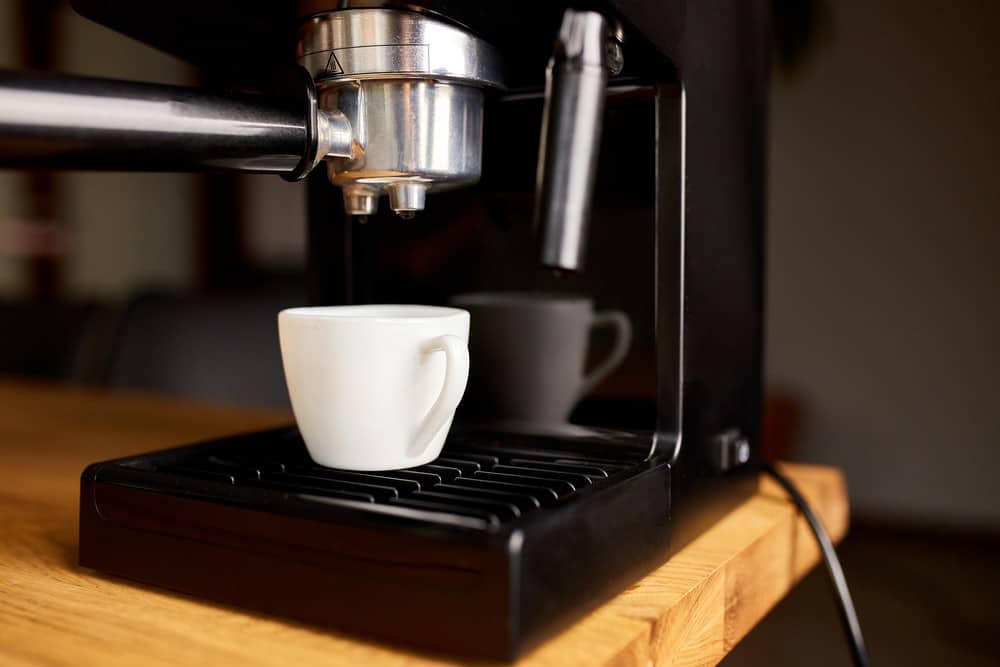













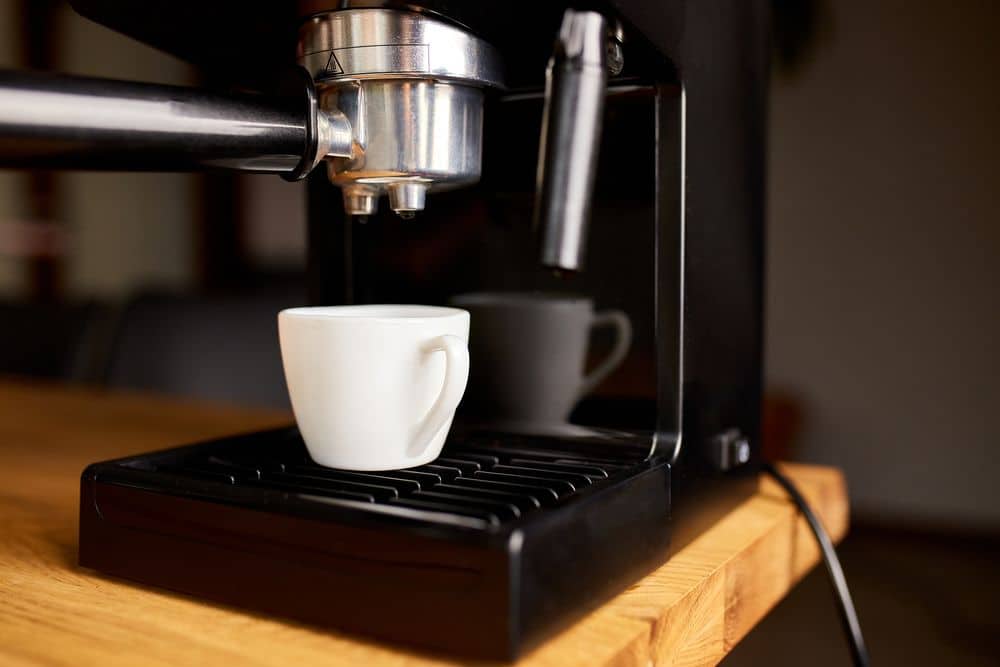
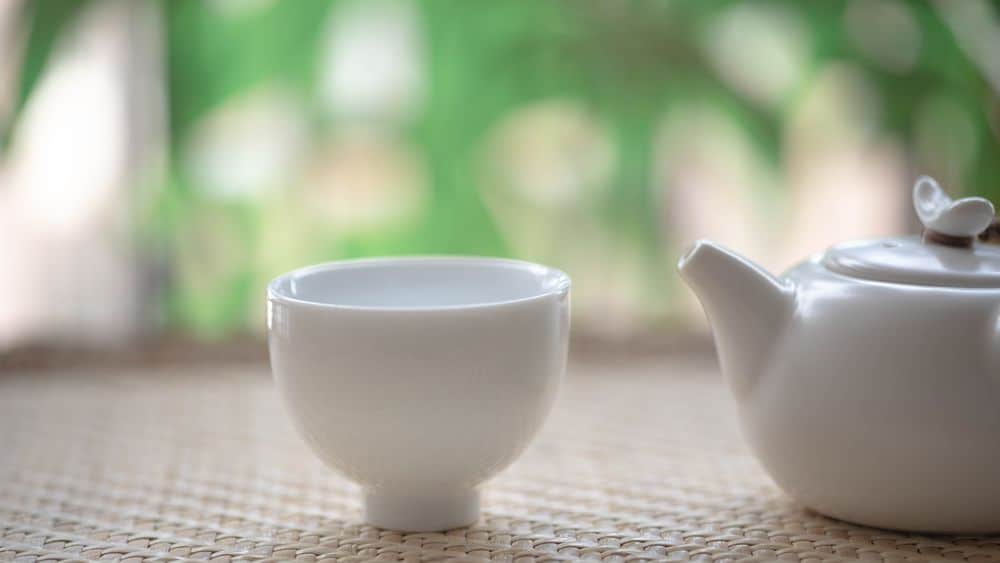
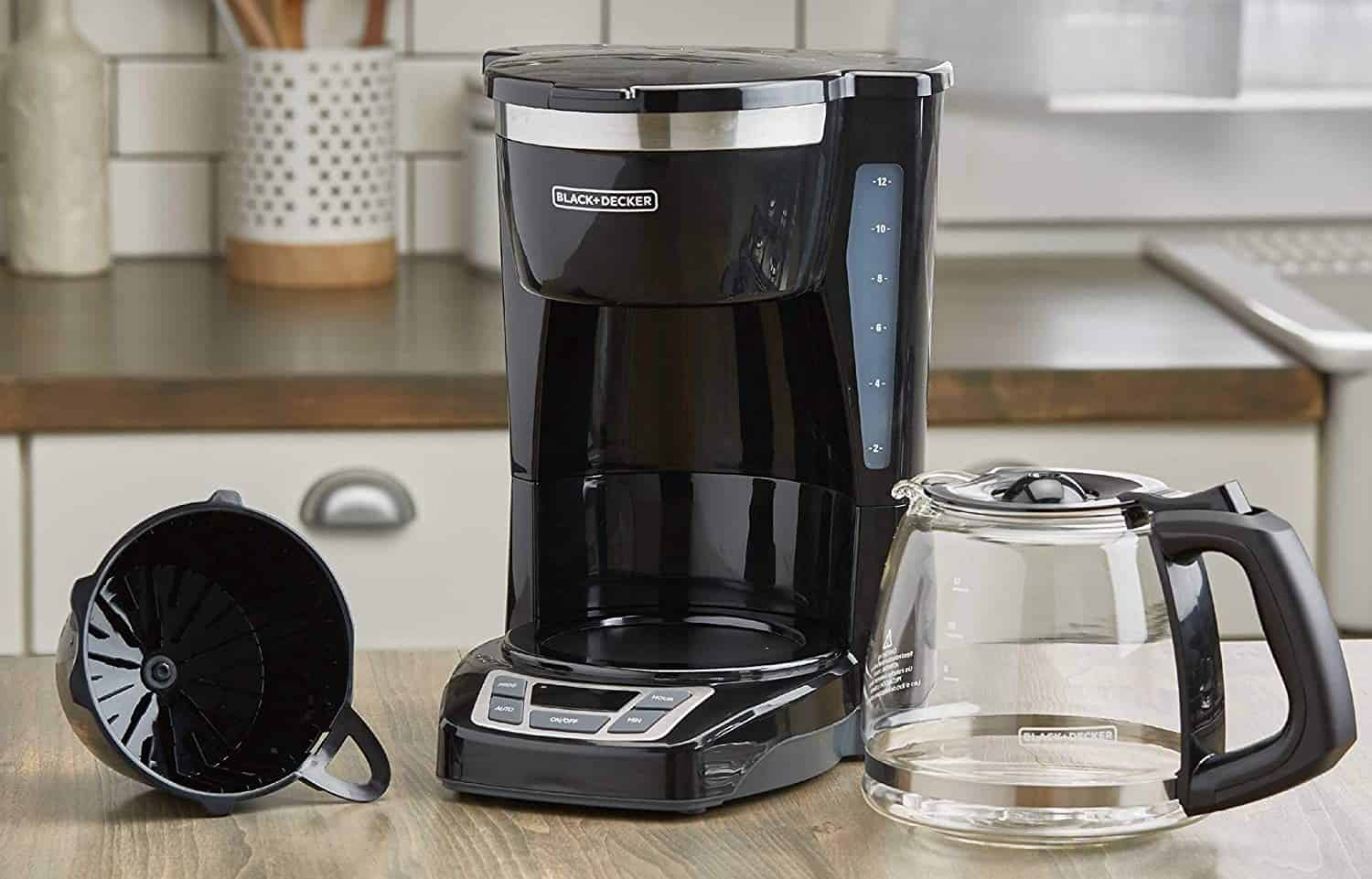
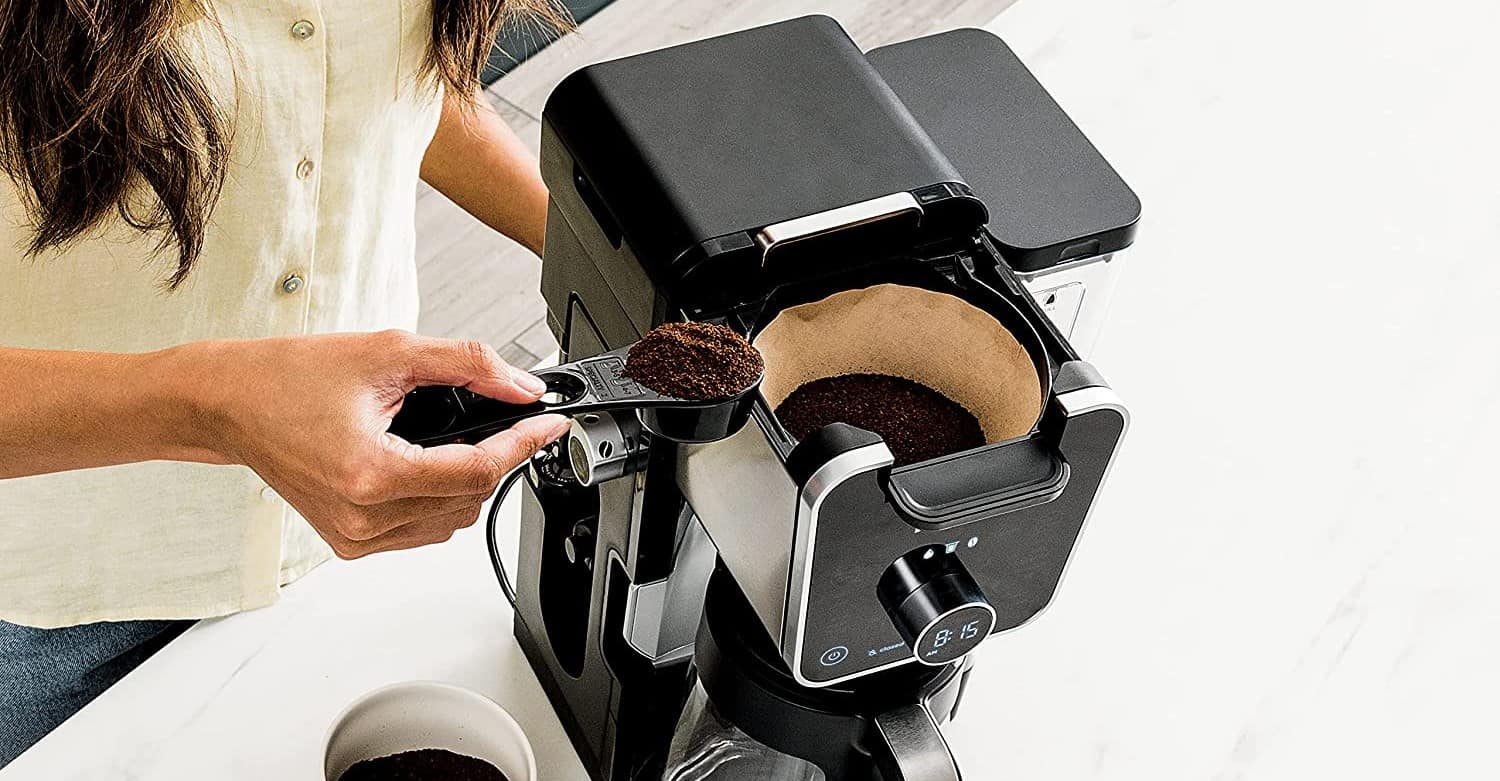
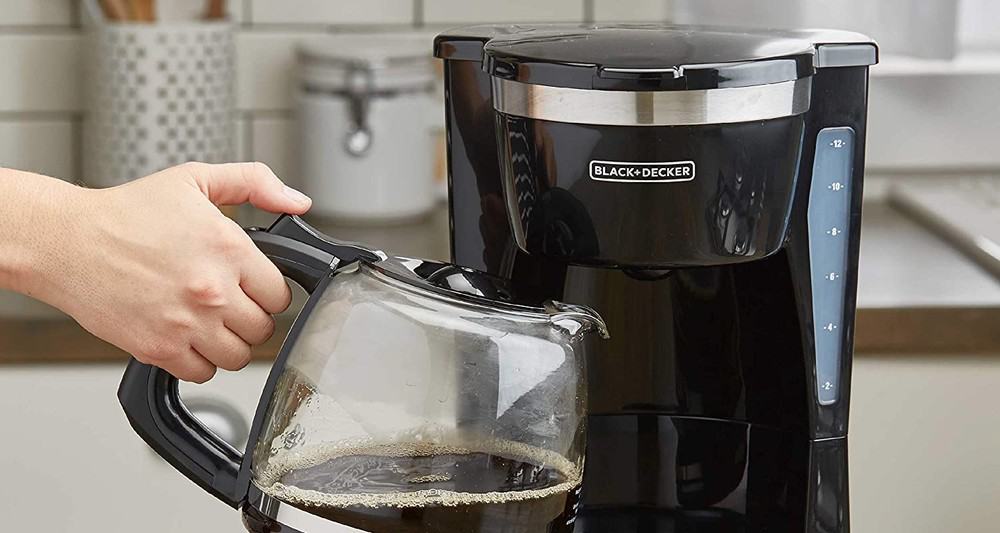
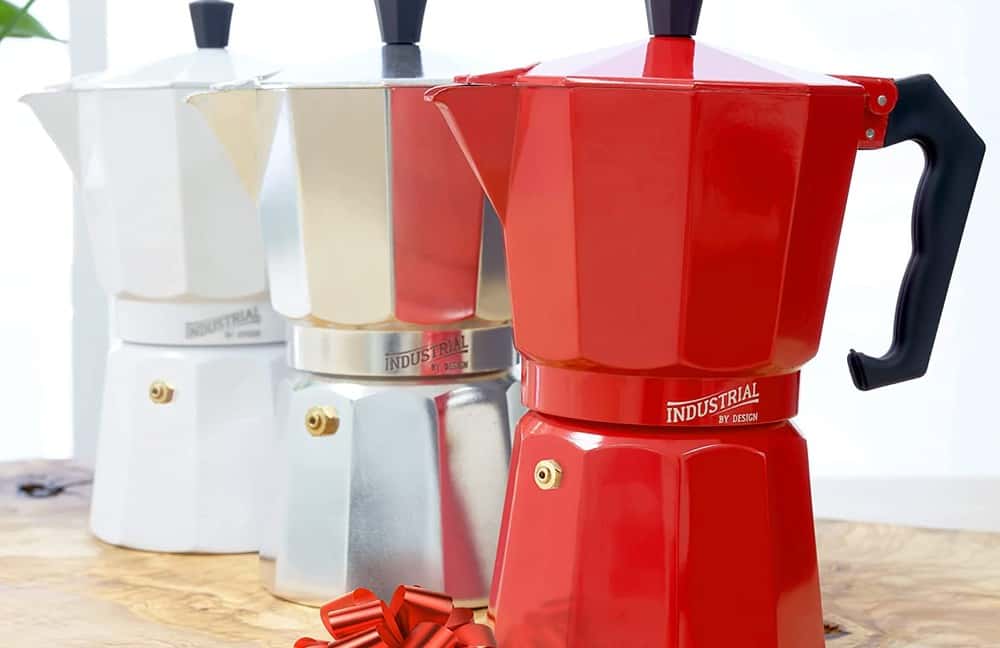
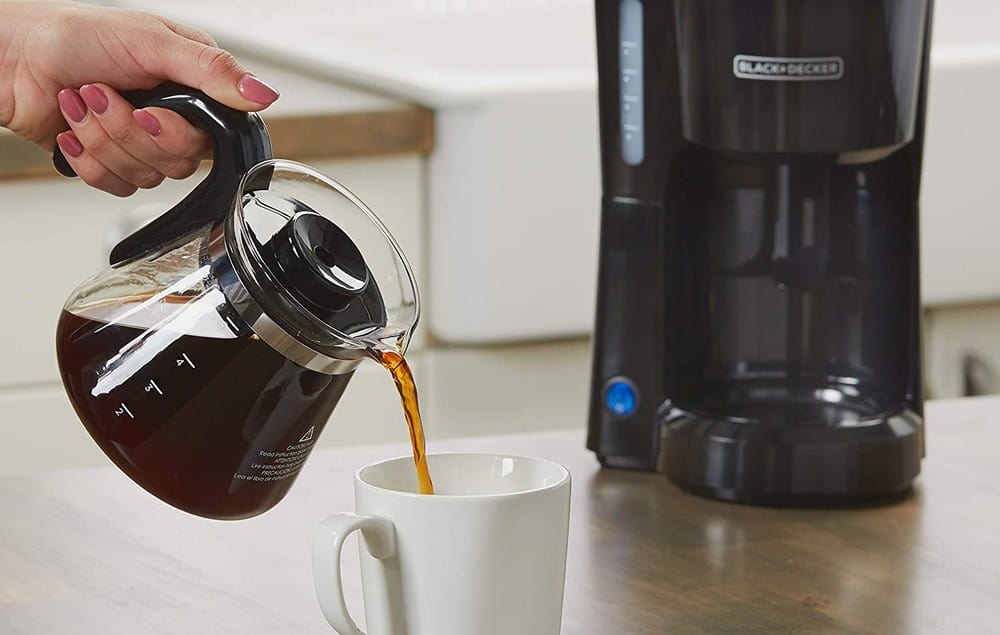
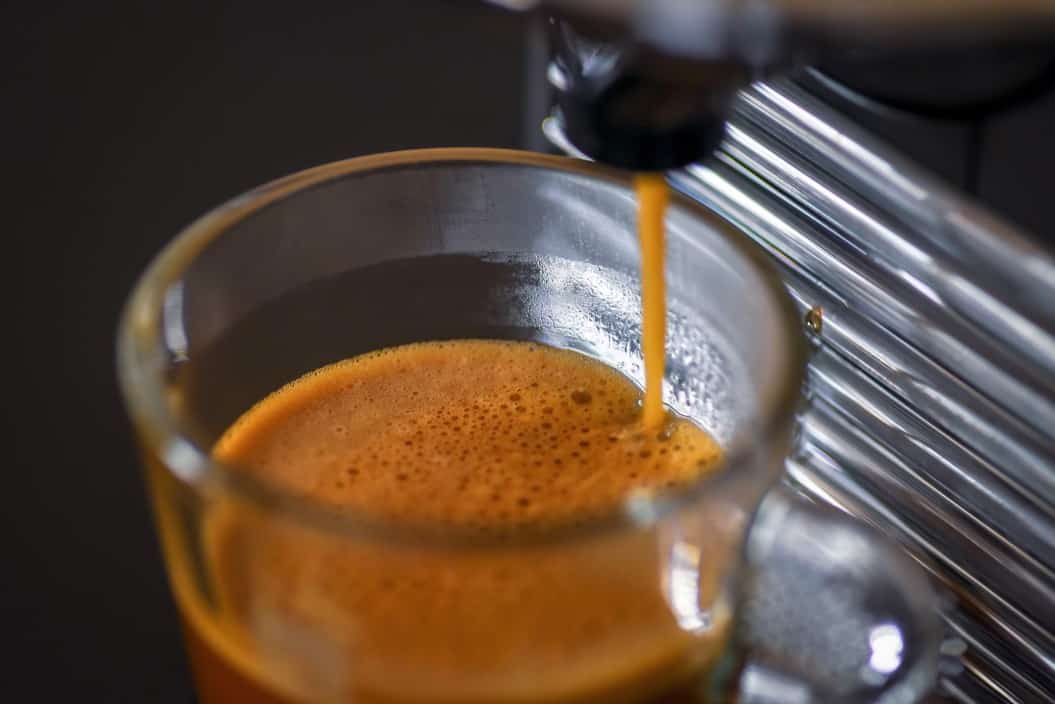




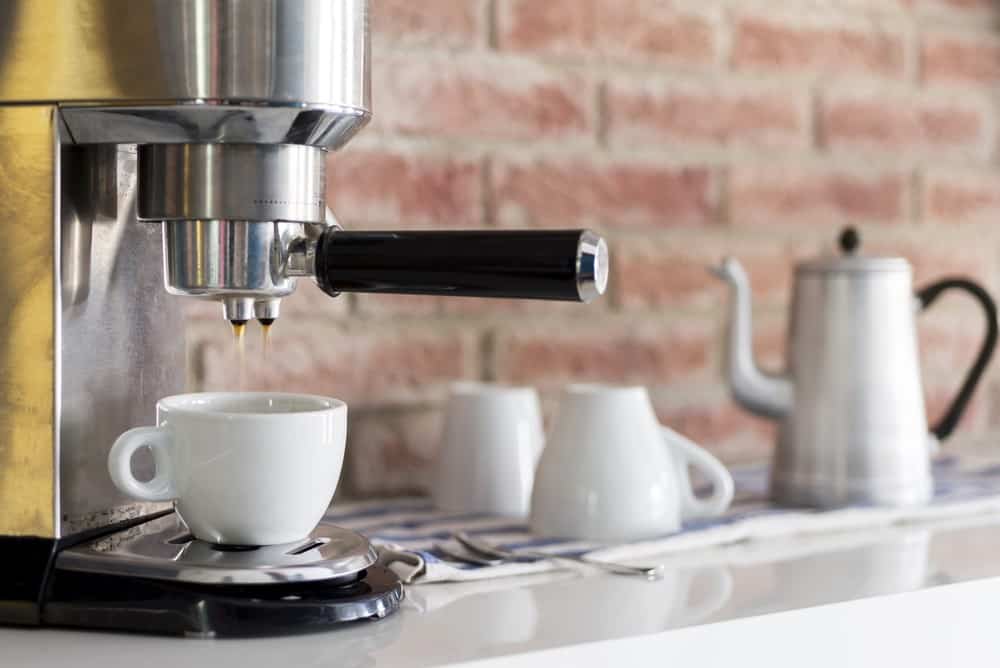
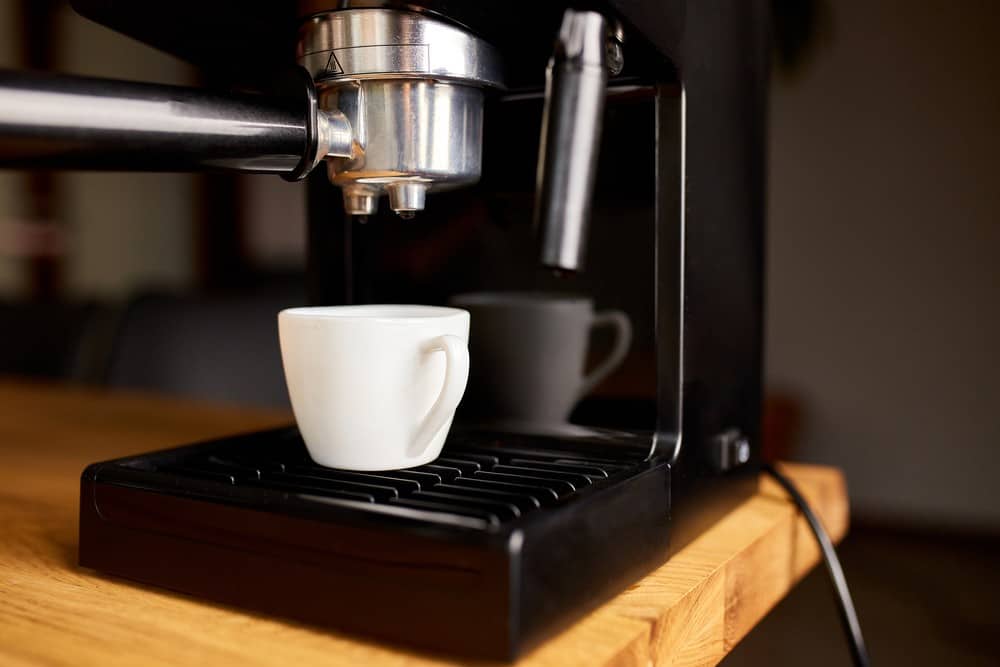


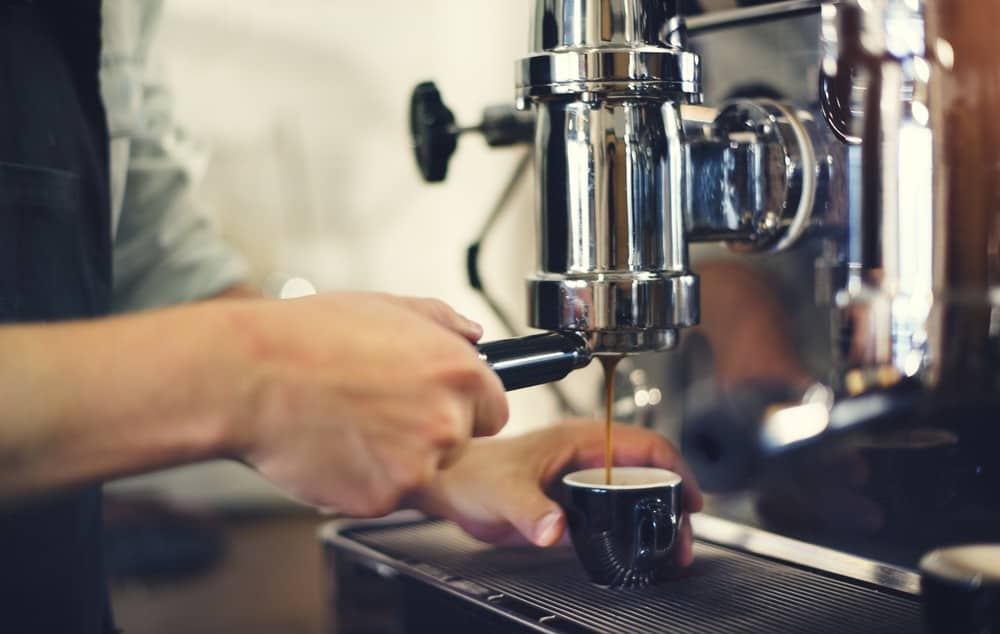
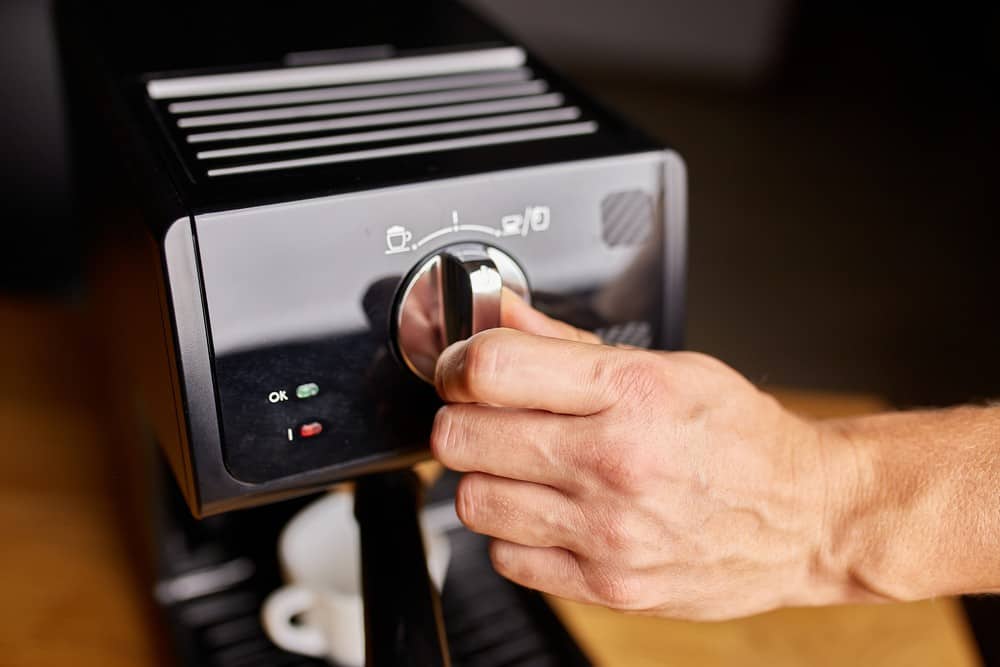
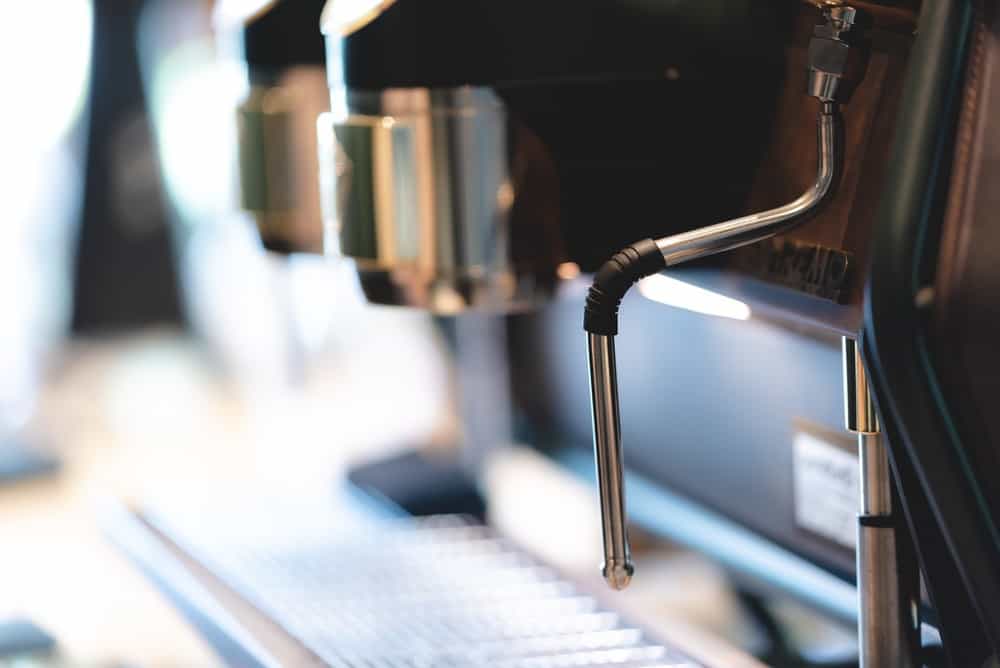
![Best Keurig Alternatives in [year] 27 Best Keurig Alternatives in 2026](https://www.gadgetreview.dev/wp-content/uploads/best-keurig-alternative-image.jpg)
![Best Semi Automatic Espresso Machines in [year] 28 Best Semi Automatic Espresso Machines in 2026](https://www.gadgetreview.dev/wp-content/uploads/best-semi-automatic-espresso-machine-image.jpg)
![Best Coffee and Espresso Makers in [year] 29 Best Coffee and Espresso Makers in 2026](https://www.gadgetreview.dev/wp-content/uploads/best-coffee-and-espresso-maker-image.jpg)
![Best Kitchen Appliances in [year] ([month] Reviews) 30 Best Kitchen Appliances in 2026 (January Reviews)](https://www.gadgetreview.dev/wp-content/uploads/best-kitchen-appliances.jpg)
![Quietest Coffee Makers in [year] 31 Quietest Coffee Makers in 2026](https://www.gadgetreview.dev/wp-content/uploads/quietest-coffee-maker-image.jpg)
![Best Prosumer Espresso Machines in [year] 32 Best Prosumer Espresso Machines in 2026](https://www.gadgetreview.dev/wp-content/uploads/71ytF6efAlL._AC_SL1500_.jpg)
![Best Single Serve Coffee Maker No Pods in [year] 33 Best Single Serve Coffee Maker No Pods in 2026](https://www.gadgetreview.dev/wp-content/uploads/best-k-pod-coffee-image-1.jpg)
![Best Coffee Makers for Hard Water in [year] 34 Best Coffee Makers for Hard Water in 2026](https://www.gadgetreview.dev/wp-content/uploads/best-coffee-maker-for-hard-water-image.jpg)
![Best Dual Boiler Espresso Machines in [year] 35 Best Dual Boiler Espresso Machines in 2026](https://www.gadgetreview.dev/wp-content/uploads/best-dual-boiler-espresso-machine-image.jpg)
![Best Coffee Makers for RV in [year] 36 Best Coffee Makers for RV in 2026](https://www.gadgetreview.dev/wp-content/uploads/best-coffee-maker-for-rv-image.jpg)
![Best Ninja Coffee Makers in [year] 37 Best Ninja Coffee Makers in 2026](https://www.gadgetreview.dev/wp-content/uploads/best-ninja-coffee-maker-image.jpg)
![Best Breville Espresso Machines in [year] 38 Best Breville Espresso Machines in 2026](https://www.gadgetreview.dev/wp-content/uploads/best-breville-espresso-machine-image.jpg)
![Best 5 Cup Coffee Makers in [year] 39 Best 5 Cup Coffee Makers in 2026](https://www.gadgetreview.dev/wp-content/uploads/best-5-cup-coffee-maker-image.jpg)
![Best Commercial Coffee Makers in [year] 40 Best Commercial Coffee Makers in 2026](https://www.gadgetreview.dev/wp-content/uploads/best-commercial-coffee-maker-image.jpg)
![Best Commercial Espresso Machine for a Small Coffee Shop in [year] 41 Best Commercial Espresso Machine for a Small Coffee Shop in 2026](https://www.gadgetreview.dev/wp-content/uploads/best-commercial-espresso-machine-small-coffee-shop-image.jpg)
![Best Coffee for Moka Pot in [year] 42 Best Coffee for Moka Pot in 2026](https://www.gadgetreview.dev/wp-content/uploads/best-coffee-for-moka-pot-image.jpg)
![Best USA Made Coffee Makers in [year] 43 Best USA Made Coffee Makers in 2026](https://www.gadgetreview.dev/wp-content/uploads/best-usa-made-coffee-makers-image.jpg)
![Fastest Coffee Makers in [year] 44 Fastest Coffee Makers in 2026](https://www.gadgetreview.dev/wp-content/uploads/fastest-coffee-maker-image.jpg)
![Best SCAA Certified Coffee Makers in [year] 45 Best SCAA Certified Coffee Makers in 2026](https://www.gadgetreview.dev/wp-content/uploads/best-scaa-certified-coffee-maker-image.jpg)
![Best Smart Coffee Makers in [year] 46 Best Smart Coffee Makers in 2026](https://www.gadgetreview.dev/wp-content/uploads/best-smart-coffee-maker-image.jpg)
